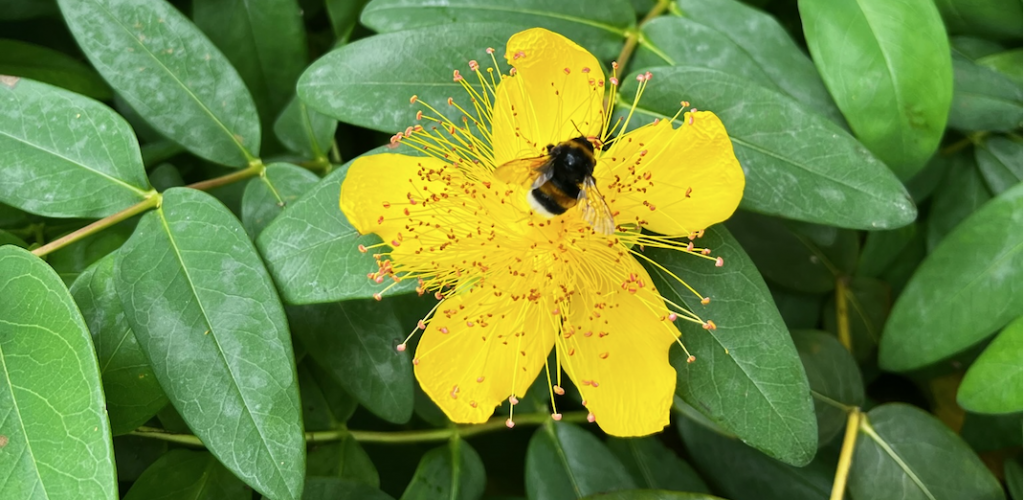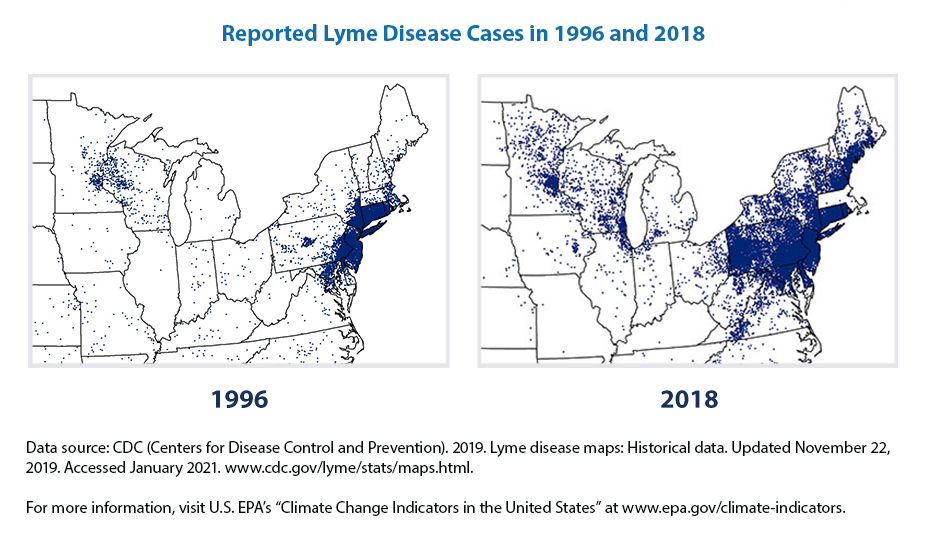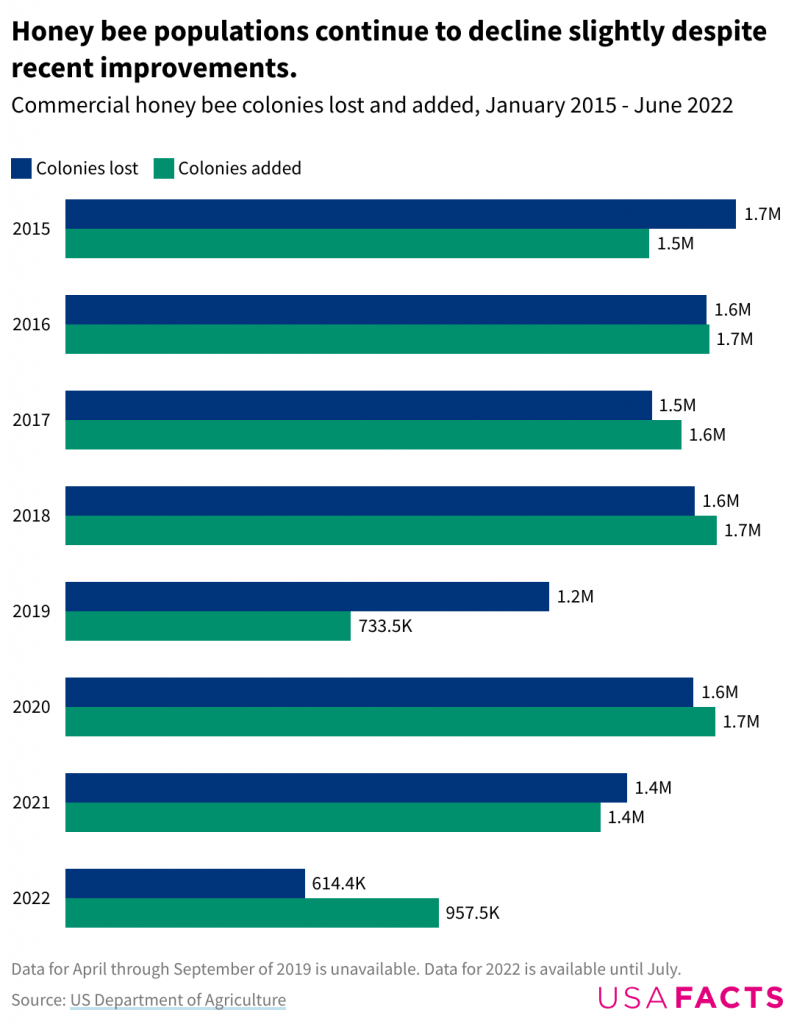Climate issues can be difficult to understand. This series is designed to deliver what you need to know about some of the most prevalent issues in climate policy today. In 1,000 words, let’s explore what climate change means for human health in the Long Island Sound region and beyond.
This article is written by Kaleigh Pitcher, a Policy Consultant at Save the Sound, working primarily in climate and environmental justice advocacy. She has a Master’s of Public Policy with a focus on Health and Social Policy from the University of Connecticut.

Introduction
Save perhaps the polar bear, no species has come to represent the climate crisis in the U.S. quite like the honeybee. Bees are essential to human agriculture and nutrition, but they—and other pollinators—are facing new challenges as a result of climate change.
As ecosystems change and we face higher temperatures and more extreme weather events, insect ranges are changing. In the Long Island Sound region, the most prevalent vector-borne health threat is Lyme Disease, transmitted by ticks. While tick populations are on the rise, some insects face steep population declines.
Species and Disease Ranges
Climate change is linked to an increased threat of zoonotic diseases, which are diseases transmitted between animals and humans. As ecosystems change and become less hospitable to a resident species’ survival, it drives them into new environments. With this migration and expanded ranges of animals comes more interspecies contact. This can lead to cross-species transmission.
With prolonged contact, viruses and bacteria can mutate as they are passed back and forth between different species, making them stronger and more harmful. This occurs through viral replication, where a virus will copy itself in order to infect more cells or hosts, but this creates mutations—the influenza virus makes about one replicating error per new genome (the pathogen’s complete genetic material). Sometimes, these pathogens mutate to the point where they can infect a new species, which can lead to outbreaks. Major examples include the avian or swine flu, which were transmitted to humans through animal interactions.
For this reason, among others, climate change is a public health issue. In 2021, the National Library of Medicine published a study advocating for investments in planetary health to help reduce the spread of zoonotic diseases.
Vector-Borne Diseases
Vector-borne diseases are carried by certain biting insects, like mosquitoes, ticks, or fleas. Compared to other regions, the Northeastern United States will be most severely impacted by Lyme disease cases as a result of climate change. The pathogen is transmitted by ticks, which tend to thrive in warm and humid climates, so rising temperatures are creating an increasingly favorable environment for them. They can also travel on other animals, like deer or mice, as they migrate into new environments. This migration expands the ticks’ habitat ranges. For a deeper look into species migration, read our blogpost on wildlife impacts.

Our region’s priority insect vector is ticks, but other insects are responsible for pathogenic illnesses in the United States and beyond–most famously, mosquitos carrying malaria. The World Health Organization reported that more than 17% of all infectious diseases can be attributed to vectors.
Like other animals, vectors migrate away from inhospitable conditions as a result of climate change towards more hospitable ones. As our region gets warmer and wetter, it’s increasingly appealing to multiple species of mosquito, contributing to the spread of West Nile Virus. West Nile has become routine in New York and Connecticut over the last 20 years, and is now the most common mosquito-borne disease in the U.S.
Pollinators
While some insect populations are growing, many more are suffering. A study published in Nature Climate Change found that temperature fluctuations increase global extinction risks, and 65% of the insect populations they examined could go extinct in the next hundred years. Insects are an essential part of the ecosystem, with different species playing different roles, such as pollination, pest control, and decomposing organic matter.
Pollination is most associated with bees, but other animals pollinate, too, including butterflies, bats, wasps, flies, and hummingbirds. These are valuable to our ecosystem for several reasons. Most of our food comes from flowering plants, and they support the reproduction of plants which are responsible for cleaning the air, stabilizing soil, and supporting wildlife. Pollinators also make up an important part of the food web, and their population decline would inevitably disrupt the ecosystem at its most basic level.

Growing disease ranges aren’t just affecting humans—the largest stressor for honey bees has been agricultural pests, which have expanded their range as a result of climate change. Pollinators also face the impacts of rising temperatures and extreme weather events, along with changes in some growing and blooming seasons, which can weaken plant populations that they depend on. For some migrating pollinators, like butterflies, warmer temperatures have altered migration patterns. The Eastern Monarch butterfly, for example, has seen a population decline of 80% from 2000 to 2020. This is a culmination of several factors motivated by climate change, including invasive species replacing its food source, the population decline of milkweed plants, and changes in migration.
Pollinators are crucial to human health because they improve nutrient-rich crop yields. Pollinator-dependent crops tend to be nutritious, including fruits, vegetables, and nuts. As an example, they are responsible for an estimated 41% of Vitamin A via crops. Studies have found that in developing nations, a loss of pollinators can translate to significant micronutrient deficiencies for humans. These nutrients are necessary to human health, and their losses are expected to increase non-communicable diseases such as heart disease, stroke, and certain cancers. In the United States, about one-third of the American diet is pollinated by honey bees. Human health faces a significant challenge as pollinator populations are threatened.
Explore some of Save the Sound’s efforts to protect our public health and adapt to climate change through healthy yards, ecological restoration, legislative advocacy, and more.
